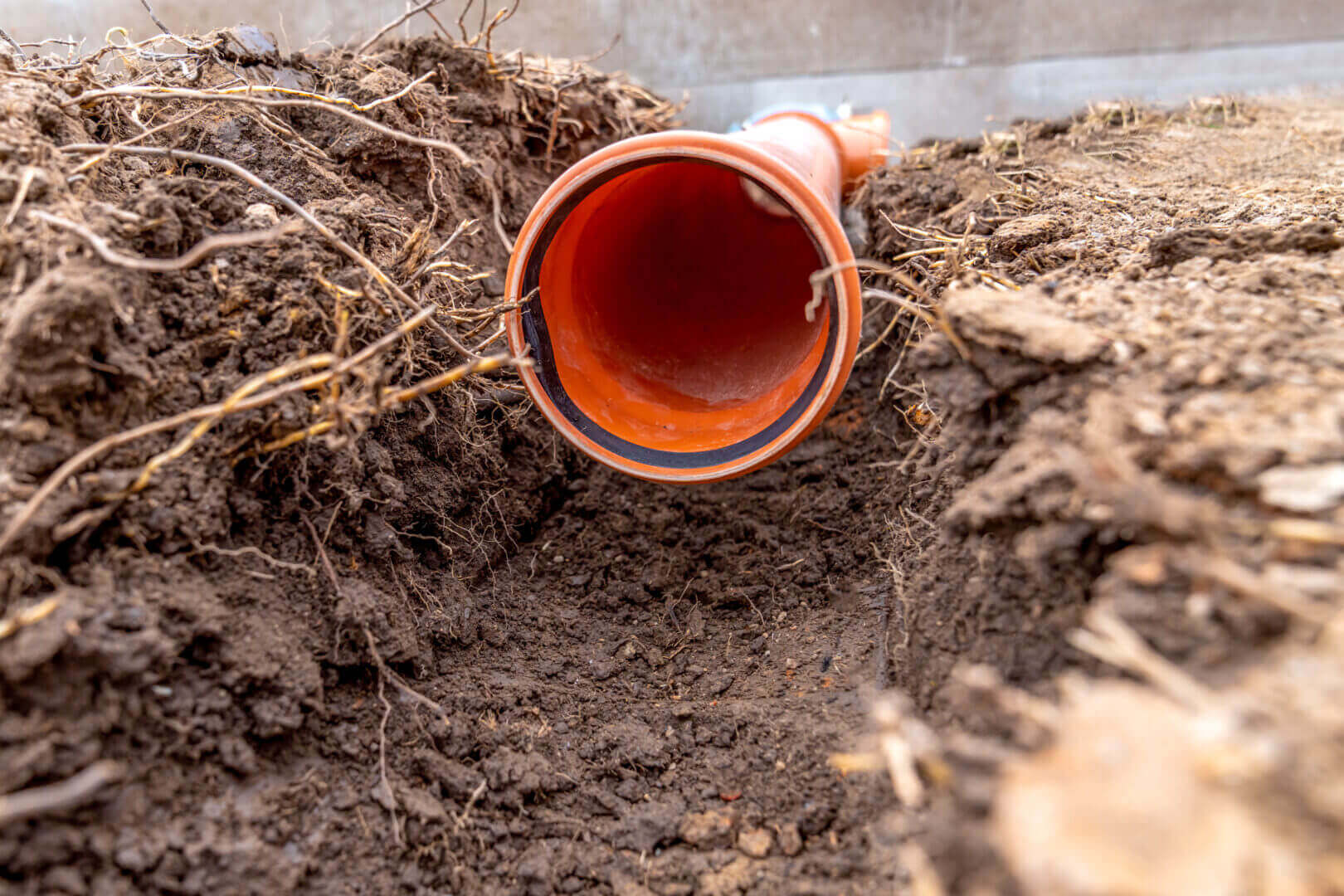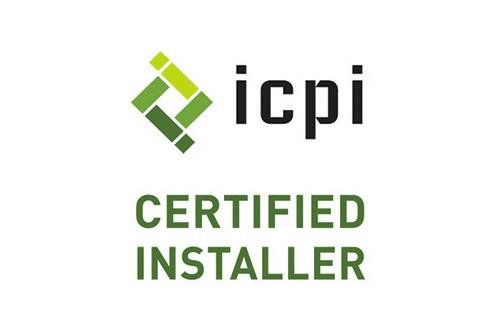In the grand scheme of maintaining a property, few topics are as undervalued as effective drainage. Yet the ramifications of poor drainage can be vast, from minor nuisances such as soggy lawns, right through to potentially catastrophic effects like foundation damage or soil erosion. For homeowners, landscapers, and property managers alike, understanding and managing drainage effectively is not only essential for preventing these issues but can also significantly enhance the aesthetic and usability of outdoor spaces.
The Importance of Proper Drainage Solutions
Before we can tackle the specifics of drainage solutions, we must understand why this issue is so crucial. Simply put, drainage is a critical component of property management and landscaping. It ensures that water is properly directed away from structures, planting beds, and areas of high use. Without adequate drainage, the water can accumulate, leading to a variety of problems that are not only expensive to fix but can also detract from the enjoyment and safety of the outdoor environment.
Water pooling
Pooling water is a telltale sign of drainage issues. Not only is it unsightly, but it also acts as a breeding ground for mosquitoes and other pests.
Erosion
When water runs unchecked across soil, it leads to erosion. Over time, this can change the landscape drastically and cause damage to property features.
Foundation damage
Excessive moisture around the foundation of a building can lead to leaks, crack development, and, in the worst cases, structural instability.
Drainage Solutions for Homeowners
For homeowners, simple but effective solutions can be implemented to mitigate drainage problems.
French Drains
A French drain is a slightly sloped trench filled with gravel and a perforated pipe that redirects surface and groundwater away from the area of concern.
Dry Wells
Dry wells are underground structures that capture water and allow it to percolate into the soil slowly, preventing overflow and soil erosion.
Downspout Extensions
Extending downspouts away from the home with flexible piping can help to direct rainfall further from the foundation, reducing the risk of water damage.
Drainage Solutions for Landscapers
In larger outdoor spaces, landscapers have a whole toolbox of drainage solutions at their disposal.
Grading
Proper grading involves reshaping the land with a slight slope away from structures to prevent water accumulation, effectively the most fundamental form of drainage.
Swales
Swales are shallow ditches that can be used to redirect and manage rainwater across a landscape.
Rain Gardens
Rain gardens are strategically placed low-lying areas of the landscape that absorb excess water, providing a solution that’s both effective and visually appealing.
Drainage Solutions for Property Managers
Managing drainage in commercial settings requires specialized systems and comprehensive planning.
Commercial Drainage Systems
These systems are designed to handle higher volumes of water and are often a combination of surface drains, catch basins, and underground pipes.
Maintenance Plans
Regular inspection and maintenance of drainage systems are critical for ensuring their continued efficiency. Property managers need to develop and execute comprehensive maintenance schedules.
Benefits of Proper Drainage
The effort put into correctly managing drainage on a property pays off in several ways.
Preventing Property Damage
Effective drainage prevents soil erosion, foundation damage, and other issues that can be costly to repair.
Enhancing Landscaping
Properly drained soil can support a healthier, more vibrant garden or lawn.
Improving Property Value
A property with a well-maintained and properly functioning drainage system is more attractive to potential buyers and can command a higher value.









